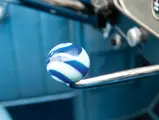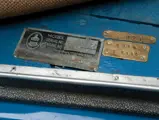125 bhp, 298 cu. in. side-valve inline eight-cylinder engine, front-wheel drive, three-speed transmission, quarter-elliptic front leaf springs at the front with rear semi-elliptic leaf springs, and four-wheel hydraulic drum brakes. Wheelbase: 3,480 mm
Few American automobiles of the late 1920s entranced European buyers as much as the Cord Front Drive did. It should have been no surprise, as its innovative front-wheel drive arrangement was new to American buyers as well. Such layouts had been pioneered by French manufacturer Tracta since 1927, two years before the Cord debuted.
The Cord’s front-wheel drive system, which was inspired by Harry Miller’s IndyCars and developed by Cornelius van Ranst, employed a Lycoming straight-eight that was reversed in the chassis so that the transmission was at the extreme front. For simplicity, the drum brakes were mounted to the inboard ends of the drive axles and a long shifter rod travelled up and over the engine, passing through the firewall and into the dashboard. Moving the transmission to the front of the car offered numerous advantages, but, most notably, it improved handling and tractability. The lack of a driveshaft tunnel allowed for bodies to be mounted low on the frame, with the result being that the Cord was no taller than a person of average height.
Recognising that buyers “across the pond” would appreciate the Cord’s innovative engineering and design, its manufacturer, Auburn Automobile Company, of Auburn, Indiana, sent as much as 17 per cent of its production to European buyers. Several early L-29s, including a cabriolet that differed little from the example offered here, were sent to European agent Coldwell Johnson, of Paris, and shown and road-tested across the continent. Custom-bodied L-29s were shown at the concours d’elegance in Monte Carlo and Paris in 1929 and 1931, respectively, winning a First Prize at both events. When the German airship Graf Zeppelin arrived in America, it was greeted by an L-29, representing the finest technical achievements of two nations.
The Cabriolet offered here was acquired nearly two decades ago by the consignor, after long-term ownership by American enthusiasts. Reportedly, it has had only three owners since new. Completely restored soon after, it is presented in the standard factory colour scheme for this body style, the wonderfully named Blue Boy Blue and Gainsborough Blue; one has to wonder who at Auburn was an enthusiast of 18th century portraiture. The restoration, documented by over 100 accompanying photos, has been well maintained since. The owner recounts that his car was displayed at the prestigious Concorso d’Eleganza Villa d’Este, on the shores of Lake Como, in 1999; surely this is one of very few American automobiles to have graced that prestigious venue, and one of even fewer Cords.
This is a well-kept and presented example of a car that has truly worldwide appeal, just as it did when new. It would continue to be welcomed at shows on European shores, or it would be happily accepted back into the hands of American ownership, having been absent from the ACD community in the U.S. for almost 20 years.












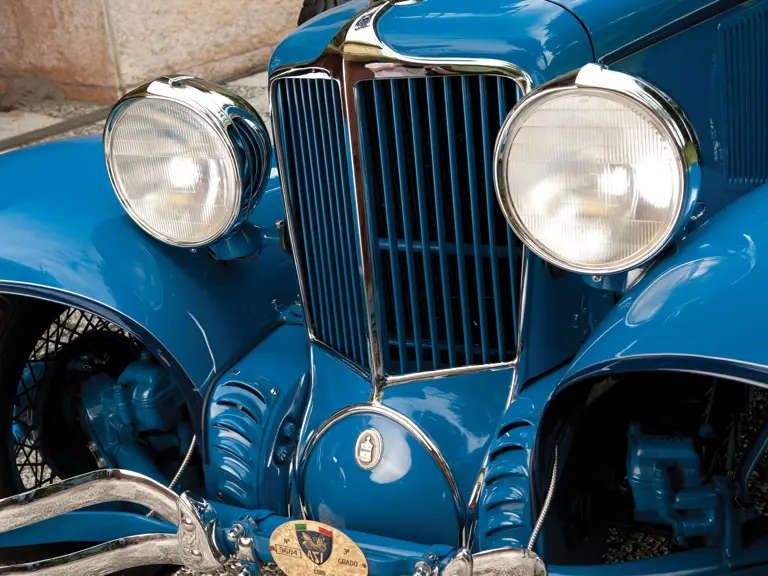




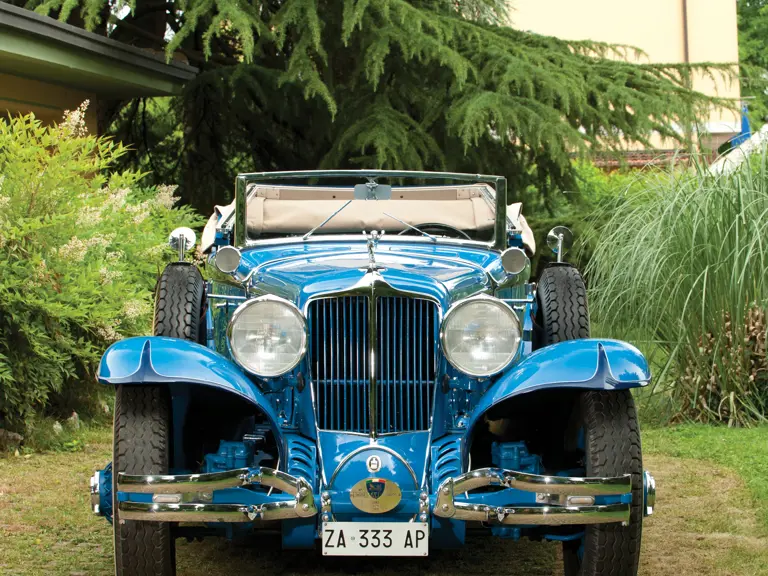


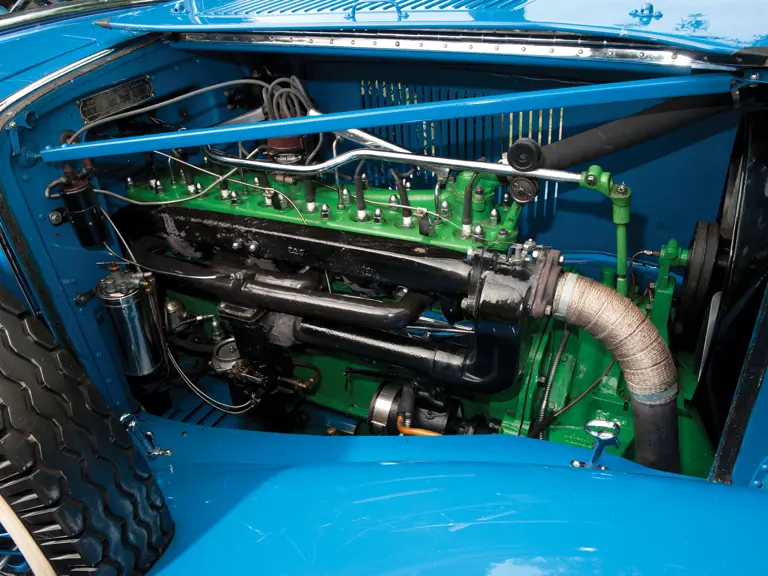

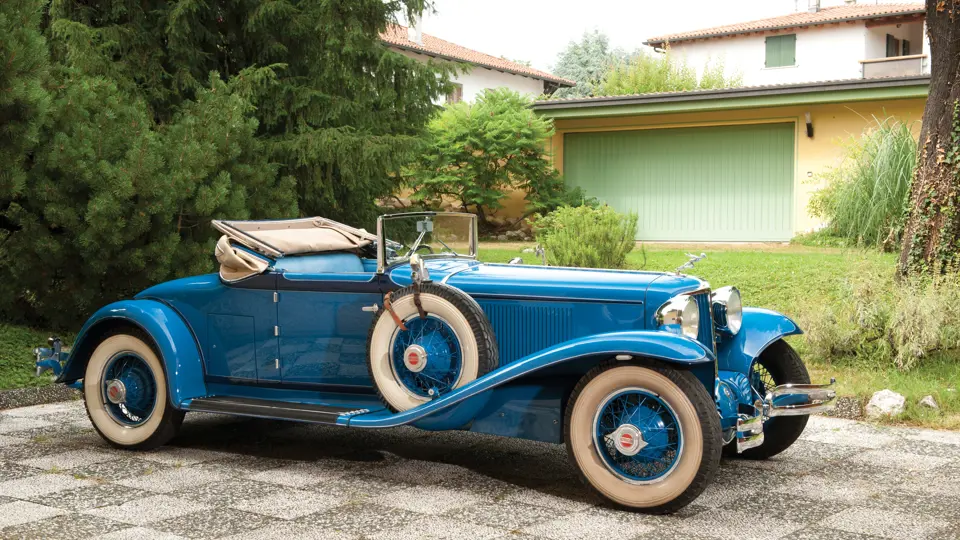
 | London, United Kingdom
| London, United Kingdom











